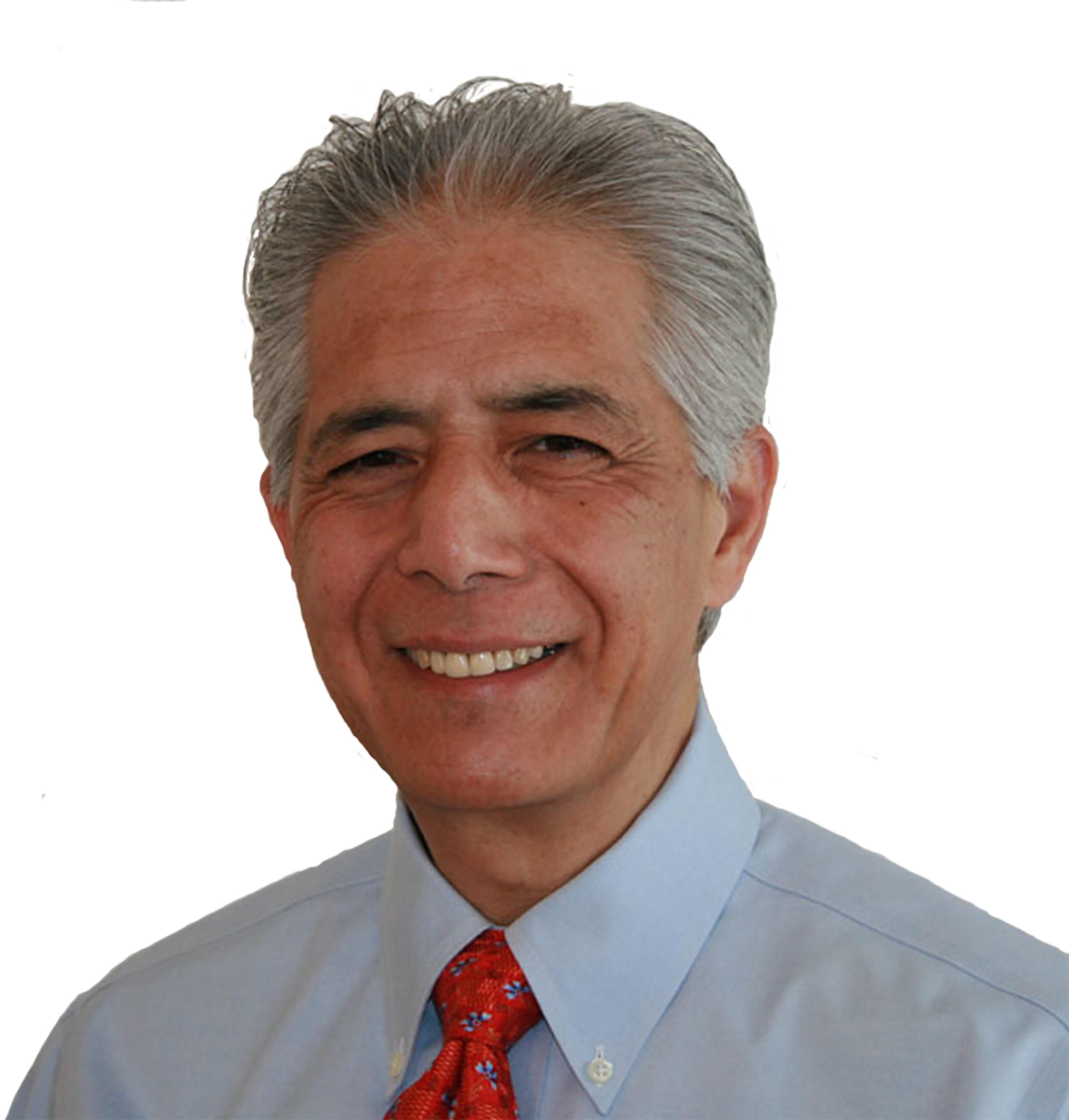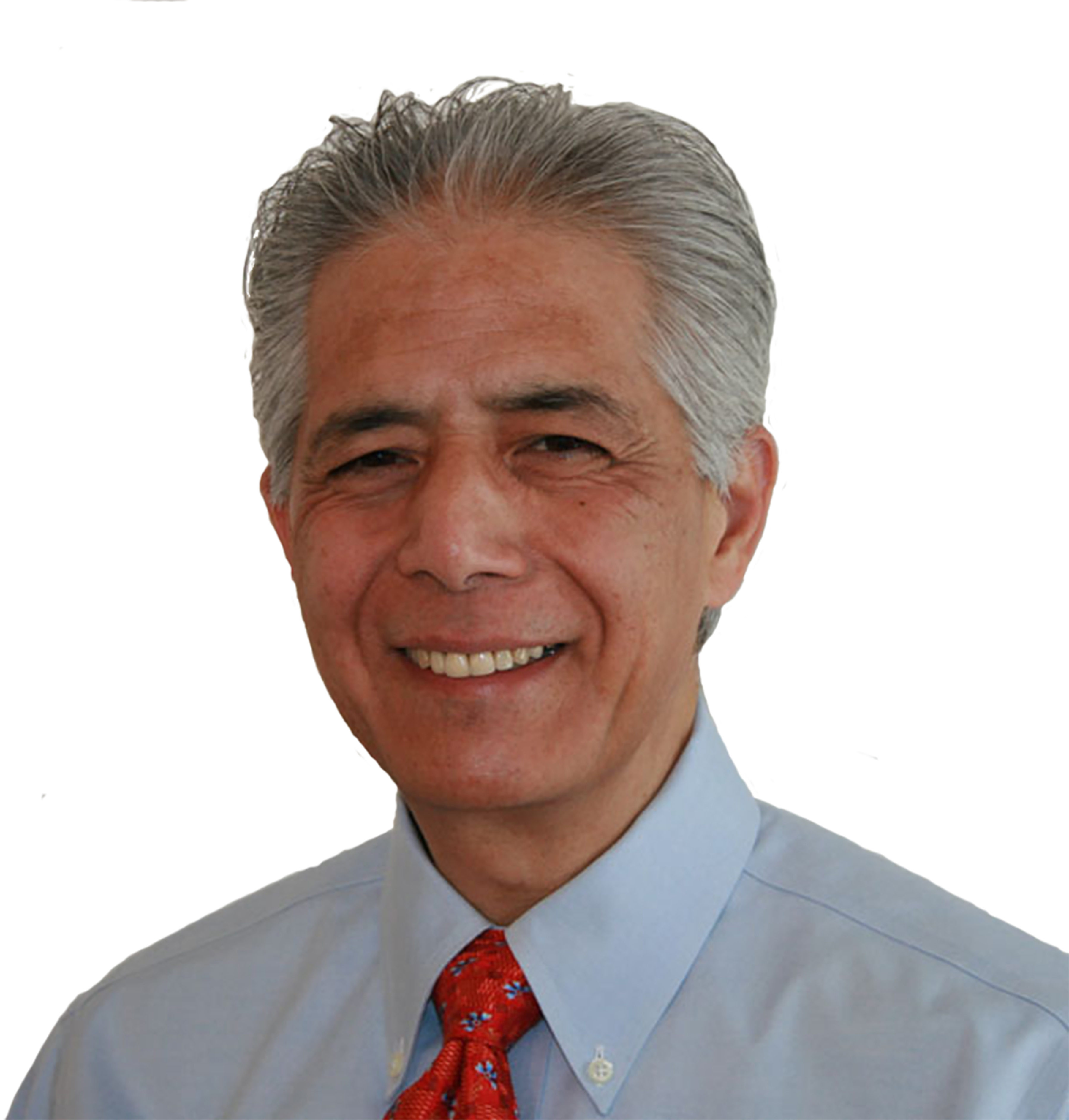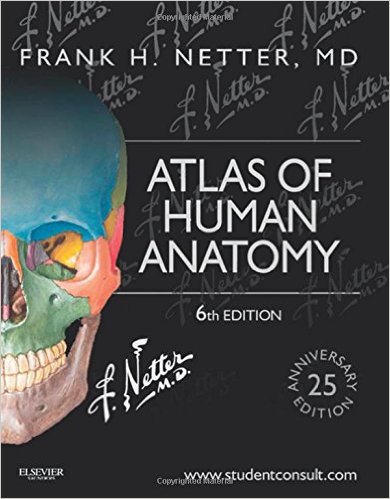Tad Wanveer on Touching the Brain

We spoke to Tad Wanveer at the end of last year to find out a little more about him and his history and what to expect from the upcoming Touching the Brain course which he is facilitating this April, here in Brighton.
 LMBT, CST-D
LMBT, CST-D Please could you tell us a bit about your story – how you first became interested in CST and why?
When I was pretty young, around 22, I developed a condition called ankylosing spondylitis, which means areas of the spine get inflamed and stick together. It changes the connective tissues surrounding the vertebral column, it calcifies, and gets hard like a rock. During that process, the inflammation is so great it squeezes on nerve roots – the pain is just crazy. The pain escalated over years until I was in chronic high-level pain. If you use a pain scale of 1 – 10, and level ten is your head blowing off because it’s so painful, I was between 8 and 10, 24/7, non-stop, for a good 18 years.
I saw all these doctors and alternative care practitioners, did all these treatments and nothing helped at all. That is, until I found CranioSacral Therapy and that made all the difference in the world – it changed my whole life.
I was living in New York City at the time and I saw a practitioner there – this was way long ago, at the very beginning, back when Dr Upledger first started training people. My practitioner was a wonderful person and a great practitioner. I didn’t know anything about any of this – I was a sculptor and a cabinet maker. Nor did I even care what she was doing, I just knew that I felt better.
I kept going to see her for about four years and then it dawned on me that it was helping me so much, maybe I could help some other people. So, I went to massage school, got my license and then got trained in CST.
When did you start working with the Upledger Institute?
I took my first two cranial classes in New York around 25 years ago then after that I took all my other classes with Dr Upledger.
I started going to the Upledger clinic in Florida and became a visiting therapist there in the Intensive program. Eventually our boys went off to college and we were ready to move, which is when Dr Upledger invited me to join the staff, so we moved down to Florida and joined the Upledger Institute Clinic in 2001. I was on staff for 5½ years.
Can you explain briefly what ‘Touching the Brain’ is about and what a CST therapist could expect to get from it?
‘Touching the Brain’ focuses on glial cells, which are the ‘other’ type of cells in the central nervous system. Neurons and glia are the two types of cells found in the central nervous system. Glia are essential in the development, health, well-being, function and the healing of the brain and the spinal cord. They are also essential in the production of cerebrospinal fluid (CSF), as well as the regulation of CSF flow and drainage. So, in all those aspects glia are, in my opinion, indispensable in our work as CranioSacral Therapy practitioners.
You have written beautifully about glia in your book ‘Brain Stars’. Why is it important as CST practitioners to understand glial cells and the glial cell matrix?
The focus of CranioSacral Therapy is to enhance the form and function of the meningeal system, which are the three connective tissue layers encasing the brain and the spinal cord. It’s said in our work that enhancing the form of those layers, enhances the structure and function of the brain and the spinal cord.
That’s great, but how does that happen? That’s the question I asked myself and it led me to research glial cells.
What I found is that glial cells are the cells which interface with the meningeal system; they create a cellular link to the meninges of both the brain and the spinal cord. They interconnect amongst themselves all the way down into the deepest regions of the brain and spinal cord. It appears to me that glia form a bio-mechanical-cellular link from our hands into the depths of the brain and spinal cord.
Glial cells are the primary regulatory cells of everything that’s going on in the central nervous system. Neurons cannot exist without them, nor would we be able to process the degree of information that we do, without them. They are critical in all aspects of the central nervous system, health, healing, and function.
Can you tell us something about the anatomy that you’ll teach in class?
We will go through all the central nervous system glia that are known today, describe where they are and what they do, and we work hands on with aspects of all of them.
What is special about the research you’ve put together?
I began researching glia around 2004 and at that time there wasn’t much to find as the techniques for scientists to investigate glia were just beginning to be developed. Since then, the amount of research has been enormous – it’s changing the face of neuroscience, to the point where some researchers are now saying that the basis of neuropathology is actually gliopathology.
From my perspective, if we don’t address glia we are not addressing the full spectrum of possibilities to help our clients. What’s special about my research? Only that I’ve had my head and hands buried in it since 2004!
You recently delivered a talk at Harvard – how did that come about?
The Osher Center for Integrative Medicine is a collaboration between Harvard Medical School and Brigham and Women’s Hospital. Jie Roche is a long time CST practitioner at the Osher Center. Harvard has a research fellowship program called the Harvard Medical School Research Fellowship in Integrative Medicine. One of the research fellows, Noel, is a biologist who specialises in protein production research (‘proteomics’), looking at what influences the production of proteins in cells, which is essential for everything that goes on in the body.
Noel was investigating how relaxation may affect protein production. So, she met Jie and started to sit in on Jie’s CST sessions. Noel became so enthralled with the response of Jie’s clients to CST, that she decided to become a CST practitioner, as well as continue with her work in the lab at Harvard as a biologist.
She got her massage license and began CST classes. Then she read Brain Stars, became interested in glia and contacted me. We got together and discussed glia and CST. At the time, Noel was in charge of the ‘Harvard Medical School Research Fellowship in Integrative Medicine’ Seminar Series. She invited me to present a glial cell model of CST to a group of research fellows and others on the Harvard faculty, such as the head of alternative medicine and the head of mind/body research. It was a great group and we had a wonderful discussion. I think it’s our discussion that’s leading me to the next book I’ll write. It’s still formulating from some of the ideas we talked about.
So can we expect a new publication any time soon?
I am working on completing Touching the Brain Two class, which focuses primarily on peripheral glia. That’s going to take me to February, when we have the first class. After that I have a few ideas and plan to take a few months to meditate on my next steps!
Thanks so much Tad. We are really looking forward to seeing you in April!
Book your place on Tad's course, Touching the Brain in Brighton, this April.

